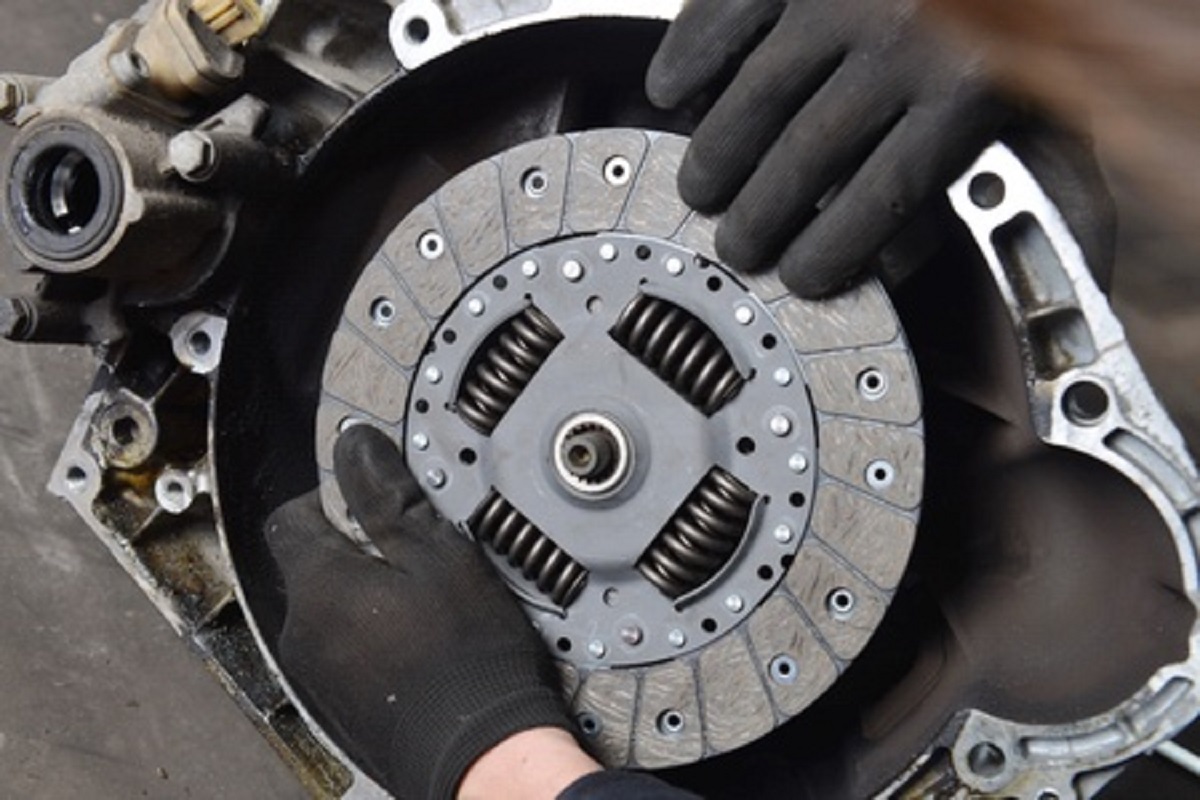As the first stage in transmission, the clutch is essential to a vehicle’s gearbox. Once the engine starts, the clutch allows drivers to switch gears in order to get the vehicle moving. While moving, an active clutch allows the pressure plate to provide the friction and force that is necessary for connecting the flywheel with the engine as well as the transmission with the clutch plate. There are types of clutches used in all sorts of vehicles, but recognizing when a clutch must be replaced is hard to know without the proper knowledge. With that, here are a few tell-tale indications that a clutch has worn out, providing you with both the time and the confidence to know what’s best for your vehicle.
Spongy Feeling
Since most of us drive every day, being able to identify clutch failure early is much easier than you think, with one common sign of your vehicle needing an upgrade being a spongy or soft clutch. This “spongy” sensation may be more apparent when the clutch lets go right before the gear catches.
Trouble Switching Gears
Ideal gear changes are smooth and no shaking takes place, but when a clutch needs to be replaced, the shift can become less seamless. Trouble switching gears usually becomes more obvious when moving into first gear, out of first gear, or while reversing.
Burning Smell
It may necessary to utilize all of your senses in order to identify when a car requires a clutch replacement, with your sense of smell being especially important. Whenever your gears shift, you might notice a burning smell, possibly indicating that the clutch is beginning to slip. This unique smell is caused by the clutch disc’s lack of friction material. Slipping clutches are fairly common due to the wear and tear that occurs naturally between the flywheel and the clutch disc. Greater wear can also happen when the clutch and flywheel spin at differing speeds. Additionally, you might hear a rattling sound whenever the clutch isn’t being used, with the noise increasing when the clutch is engaged.
Higher Biting Point
As the clutch slips and grows increasingly more damaged, the biting point you’ve gotten to know might alter. Usually, as the clutch starts failing, the biting point starts getting higher.
Visible Damage
While many drivers don’t get under the hood very often, clutch damage can be easy to find if you know where you must look. You just need to take off the bell housing’s inspection cover in order to see the clutch. If there is damage, some fine black dust could be present.
Think you or someone you know is in need of Behind the Wheel Training? Training Wheels is an Atlantic City driving school specializing in teaching new teen drivers how to stay safe on the road. For more information on our lessons, please click here.
Copyright: visionsi / 123RF Stock Photo

